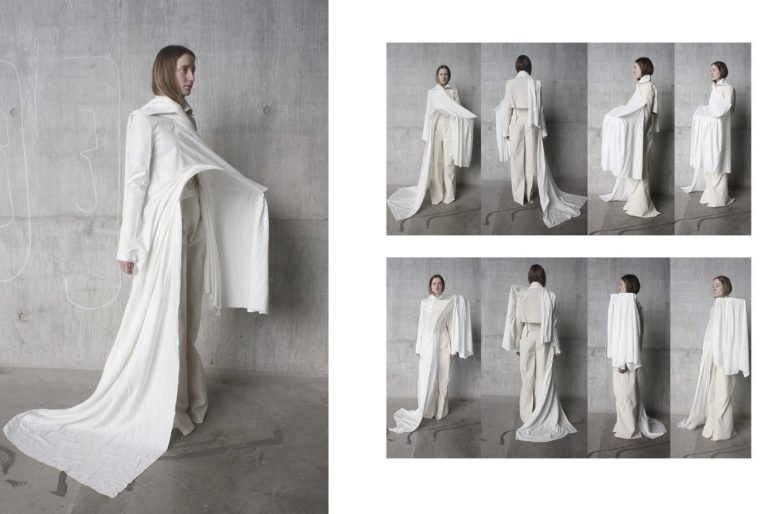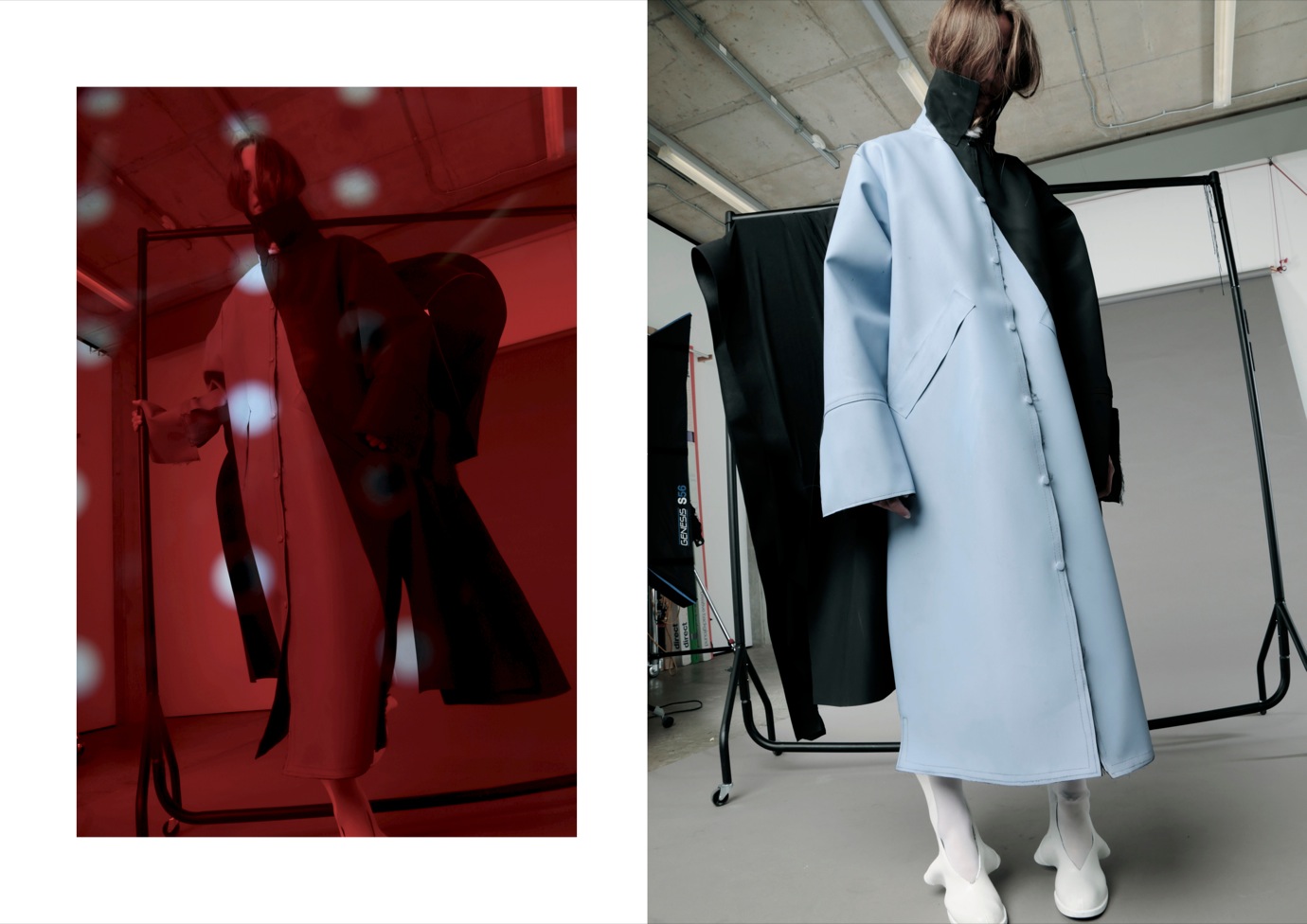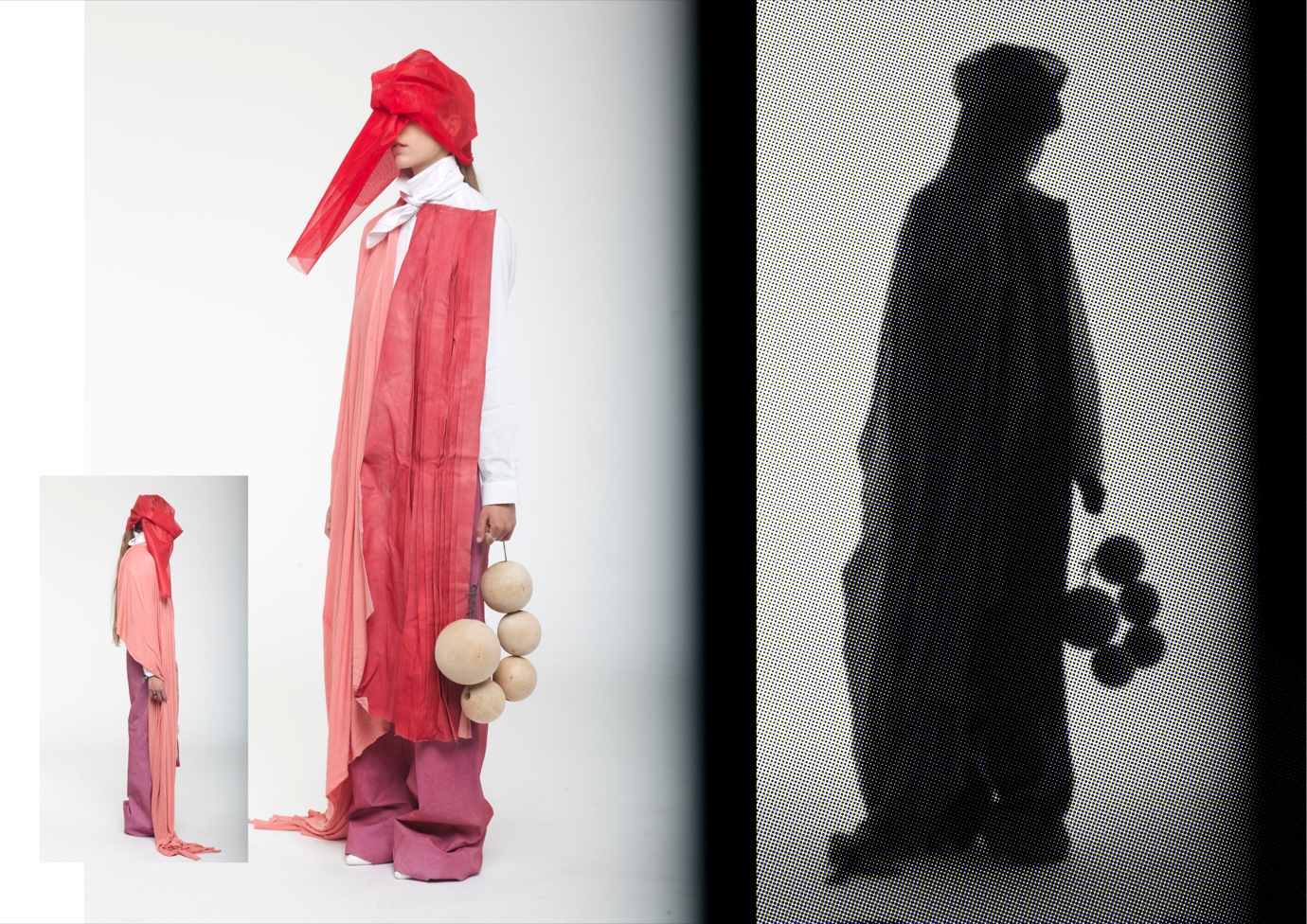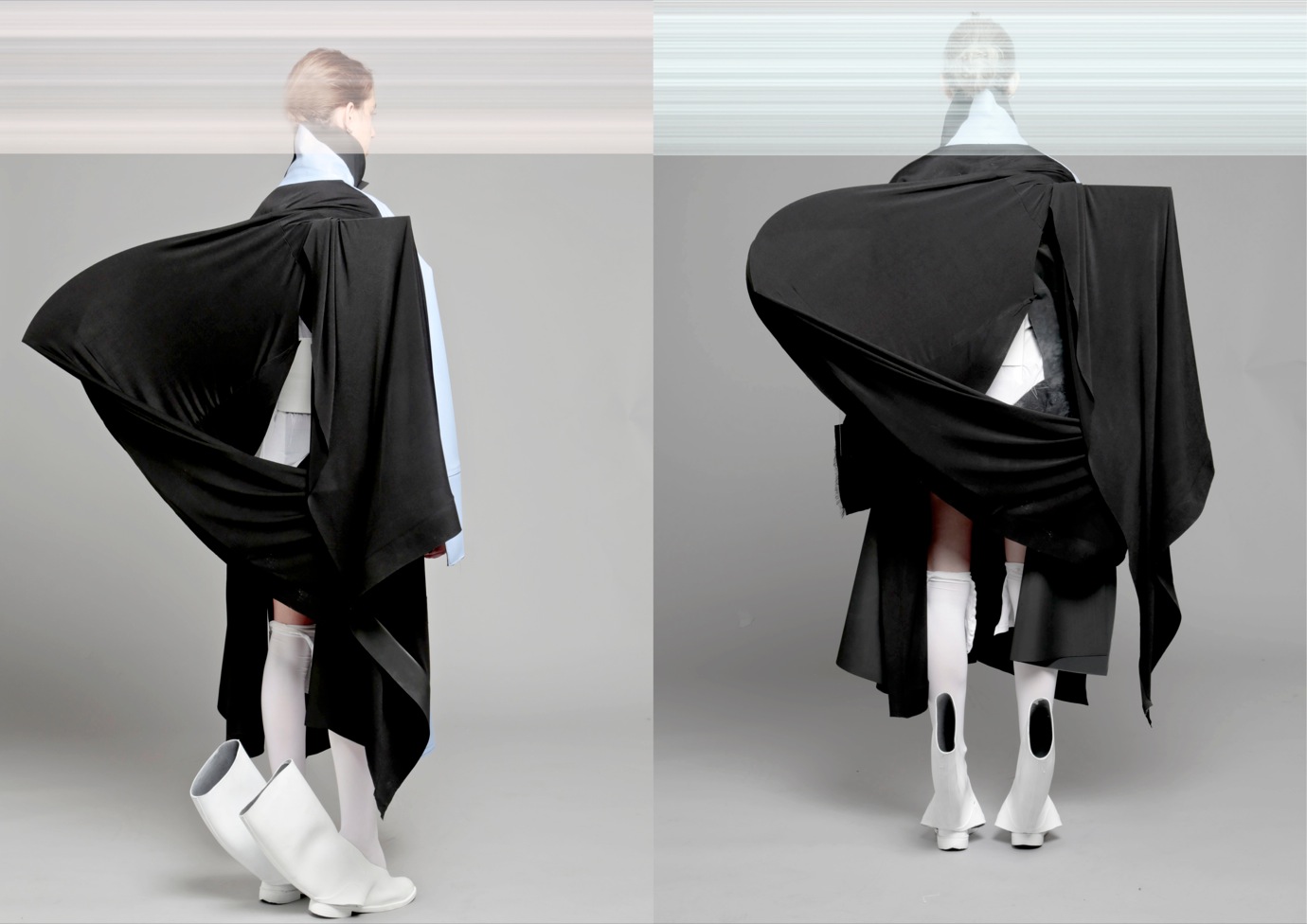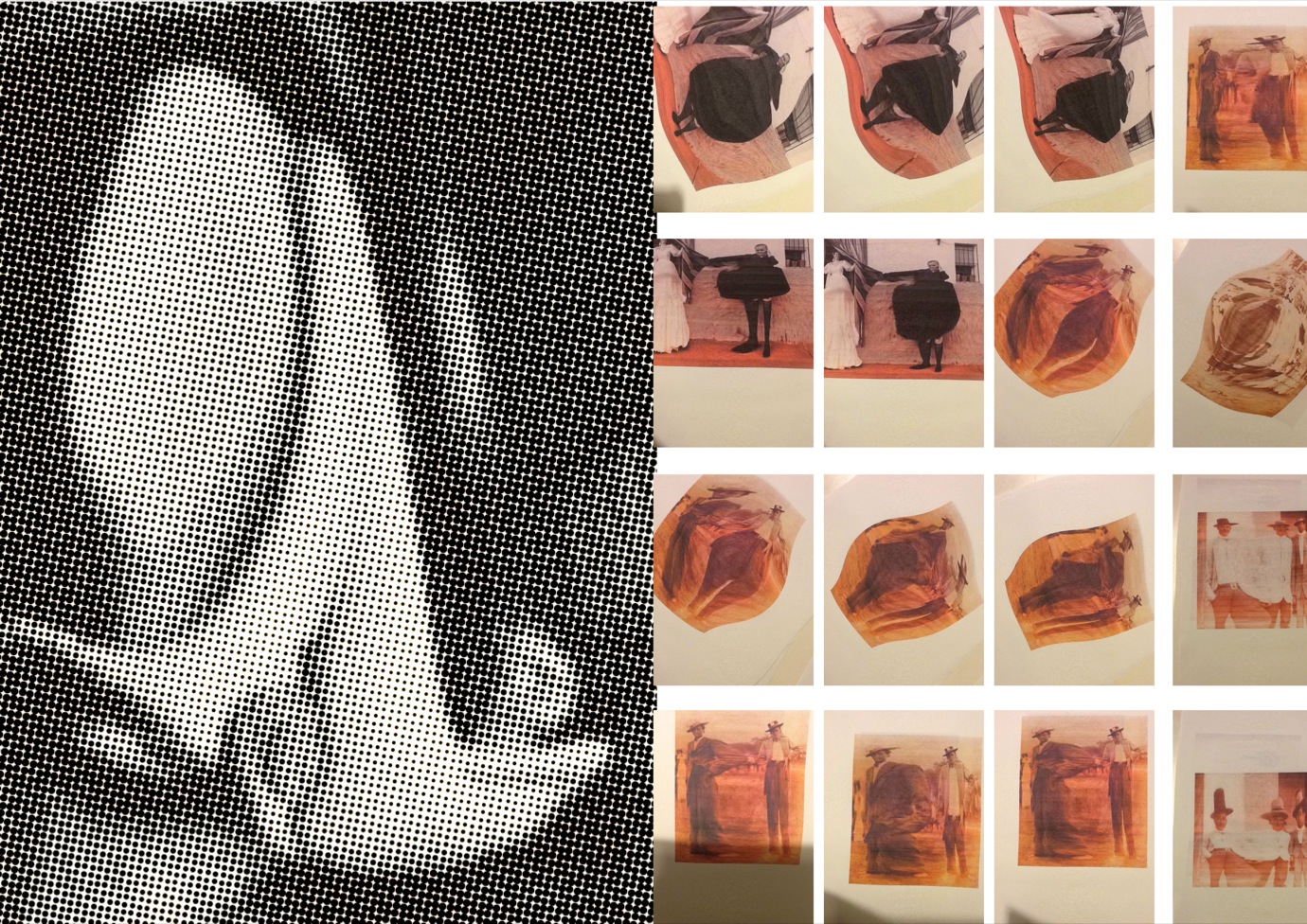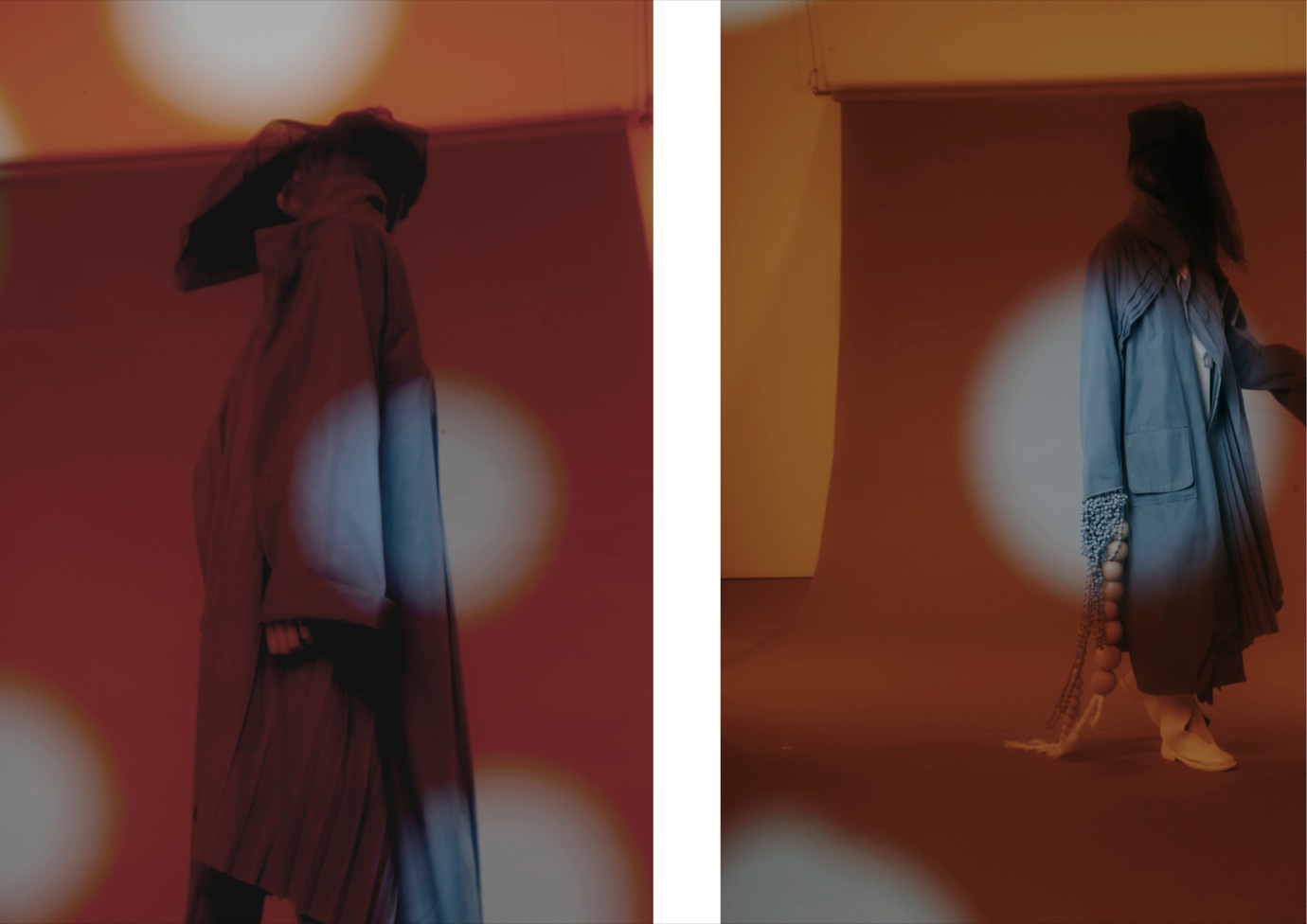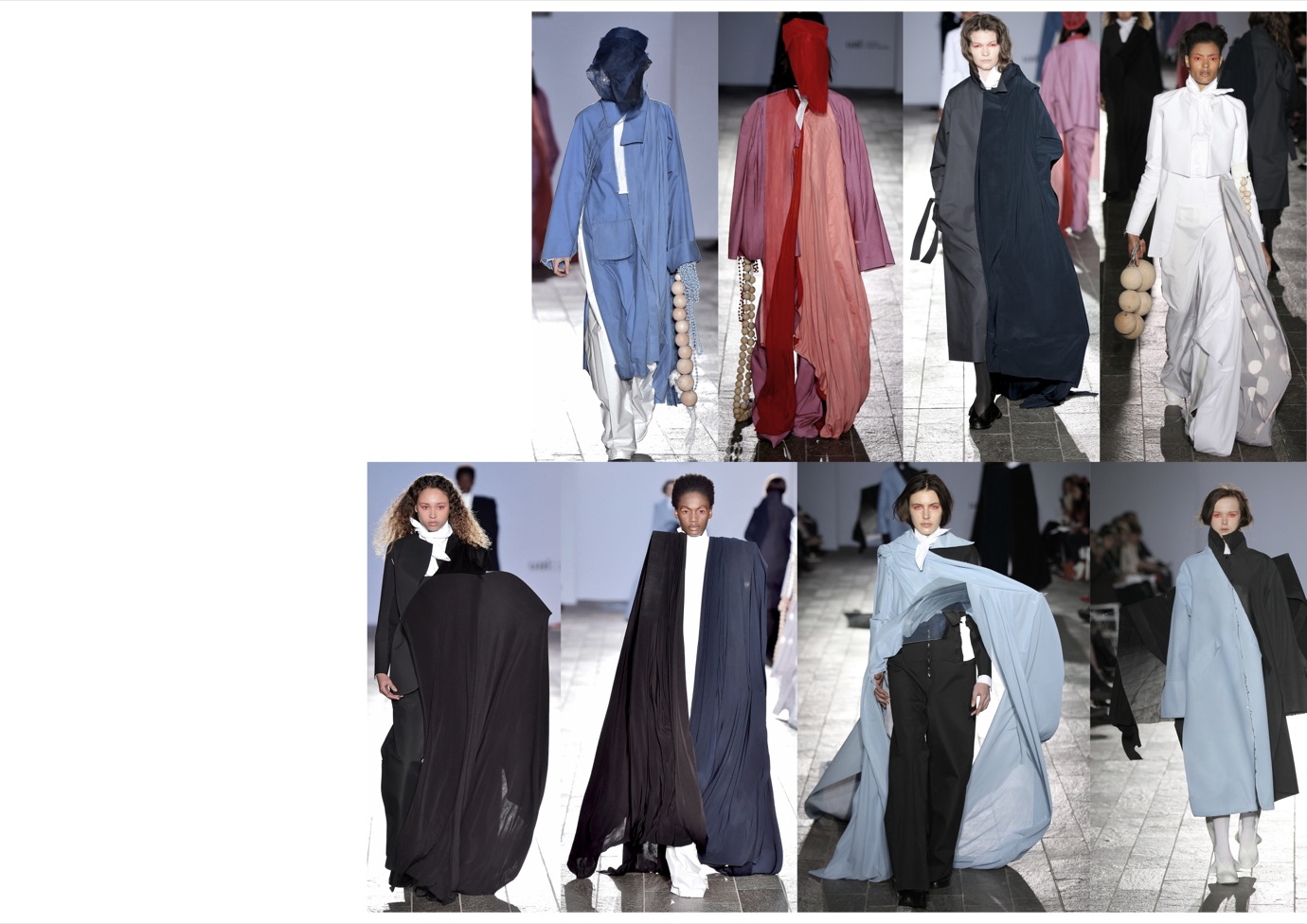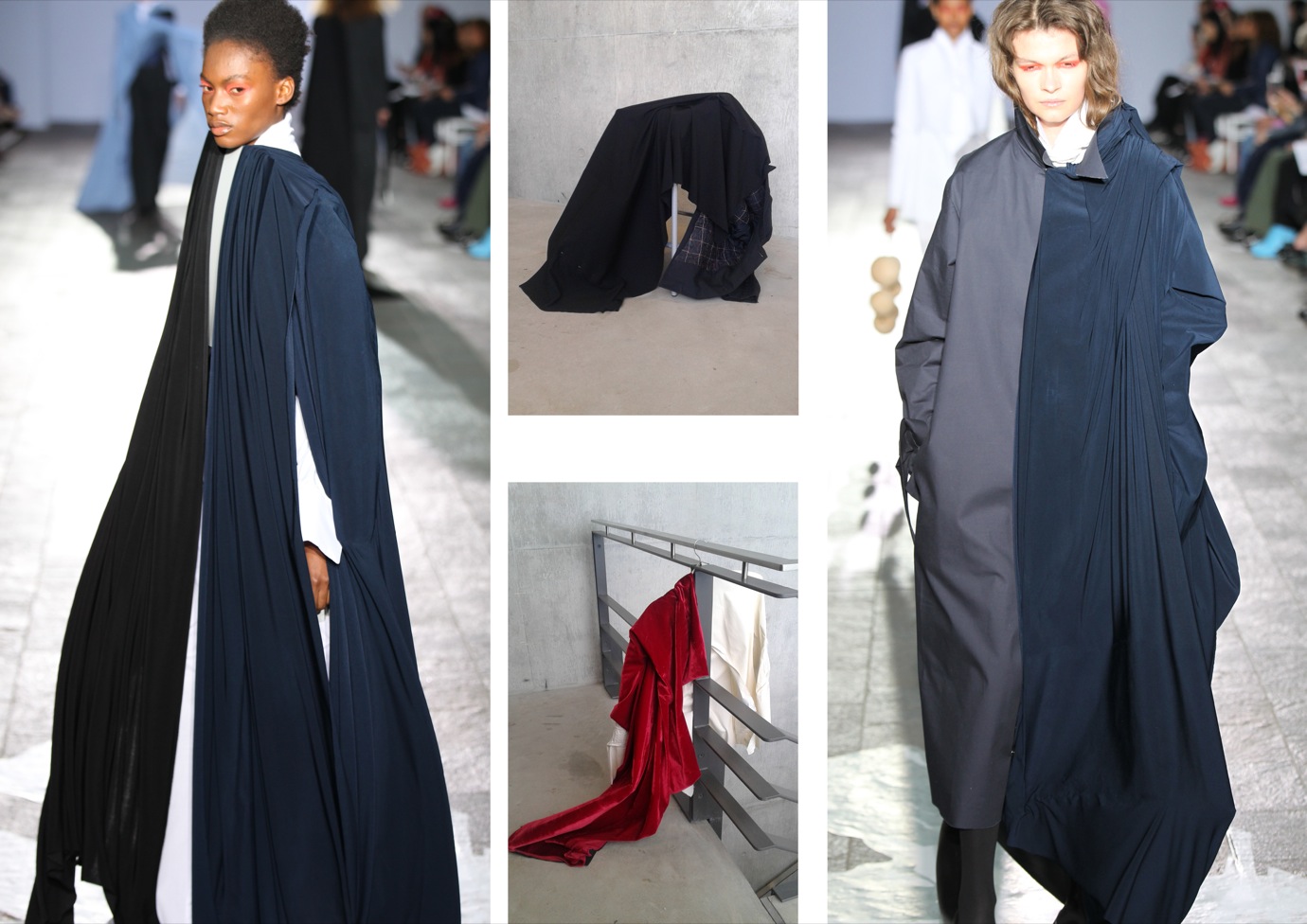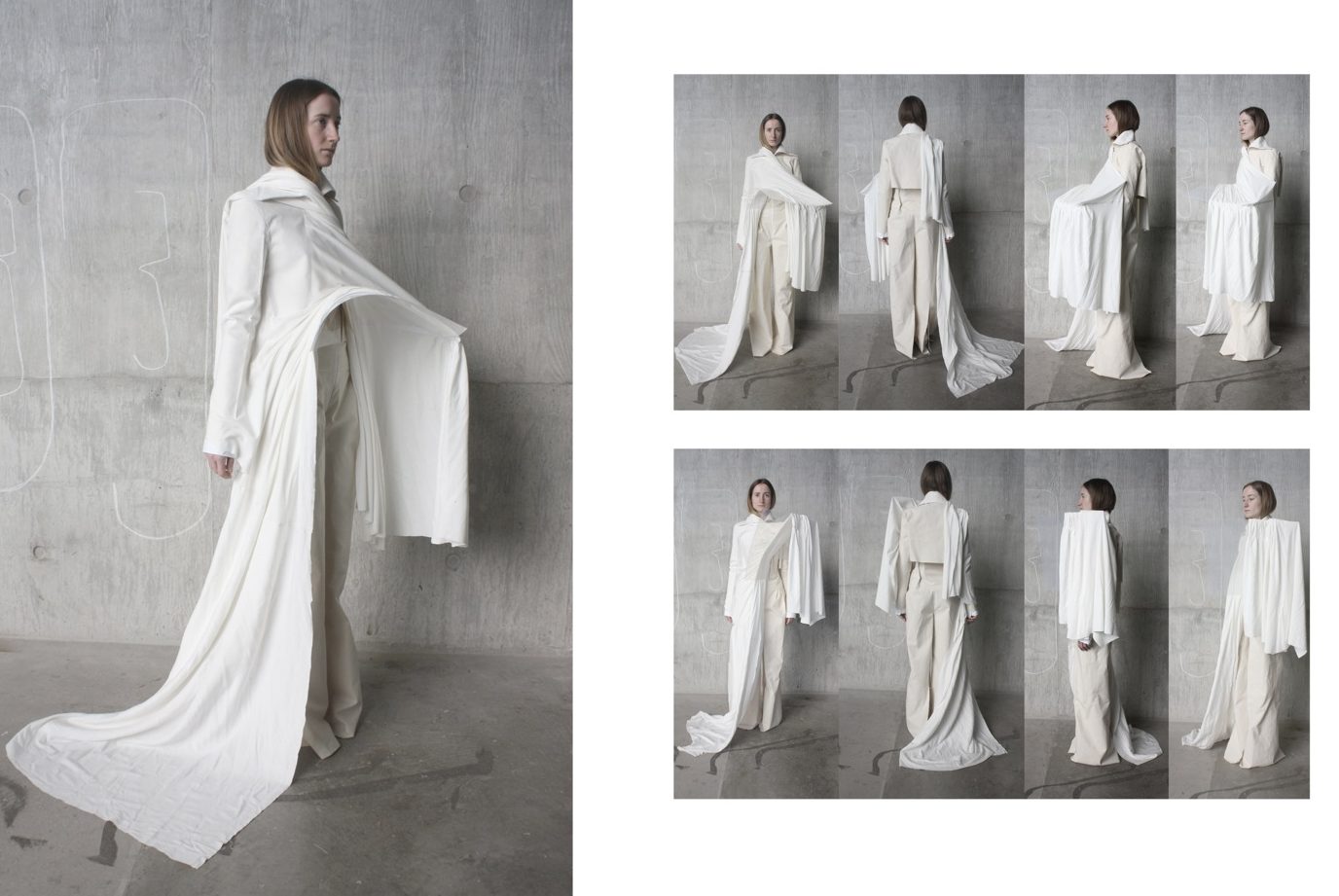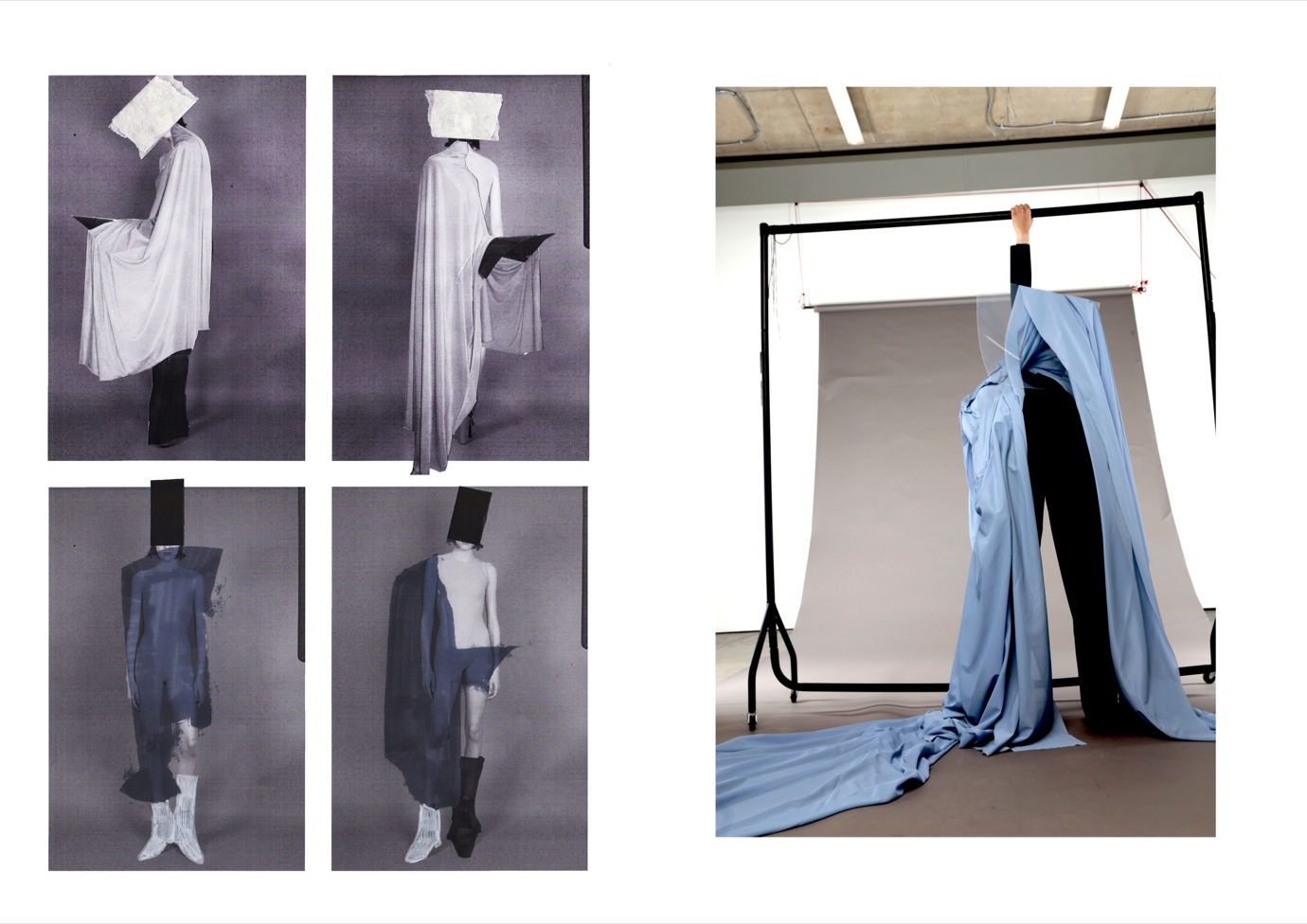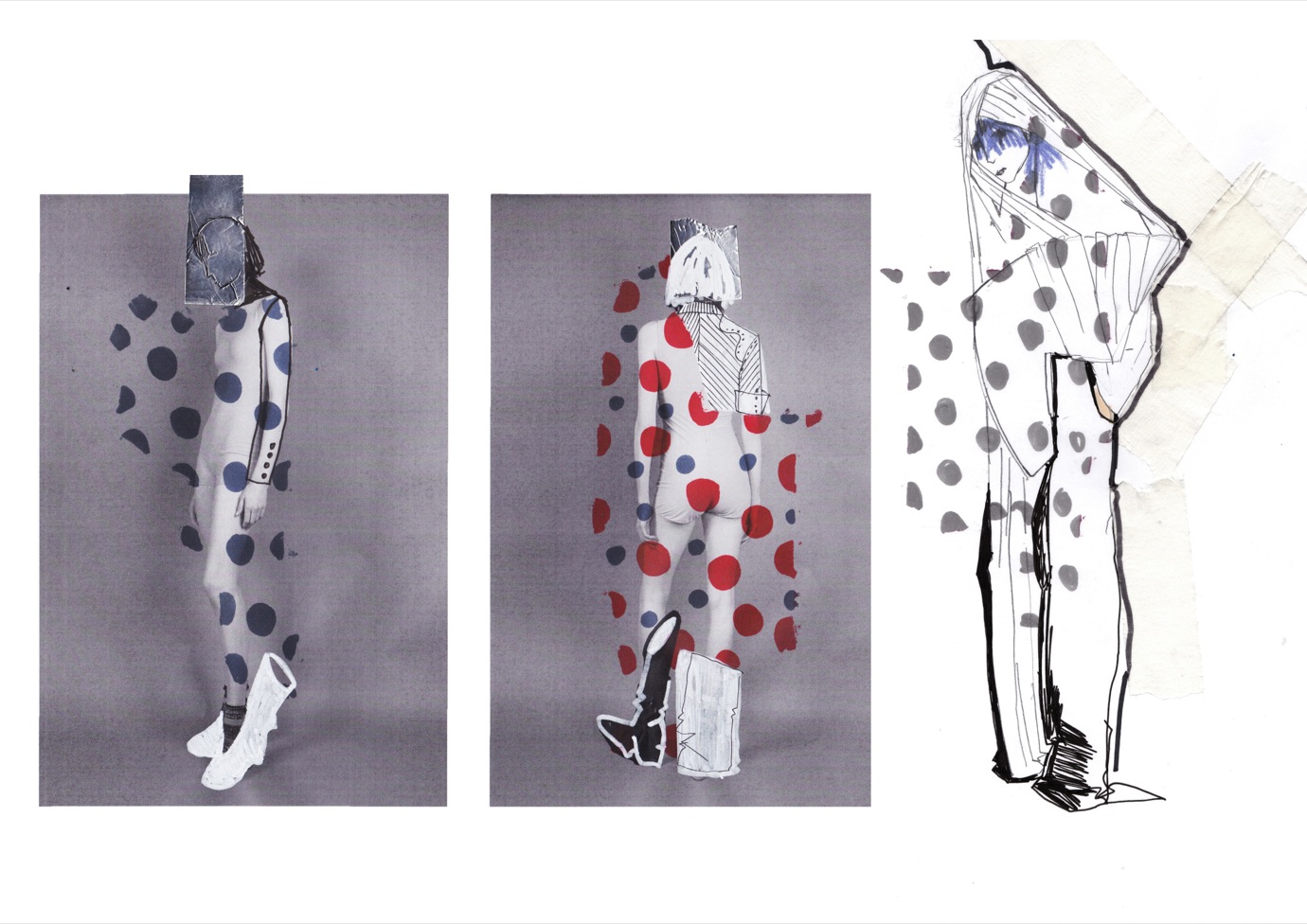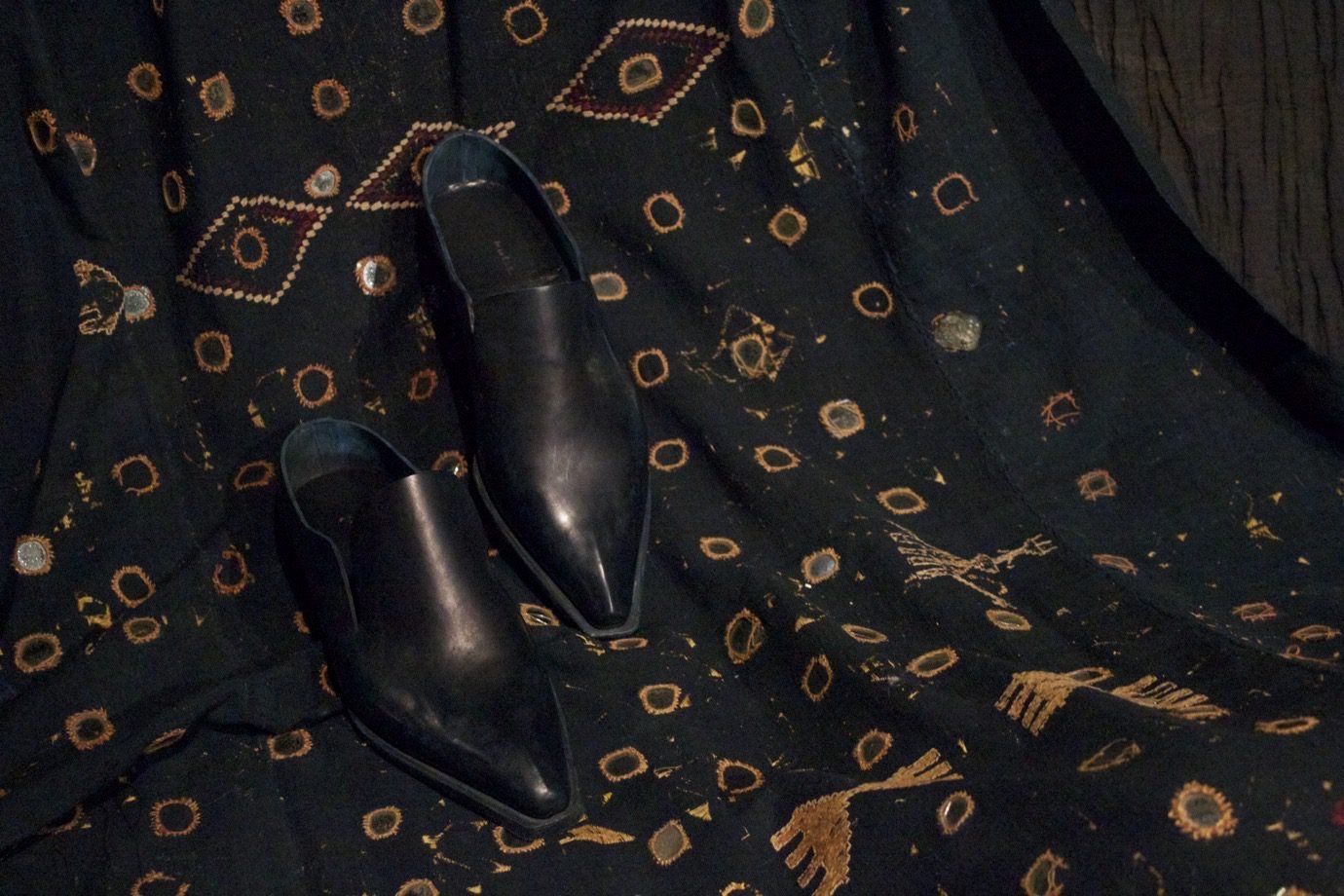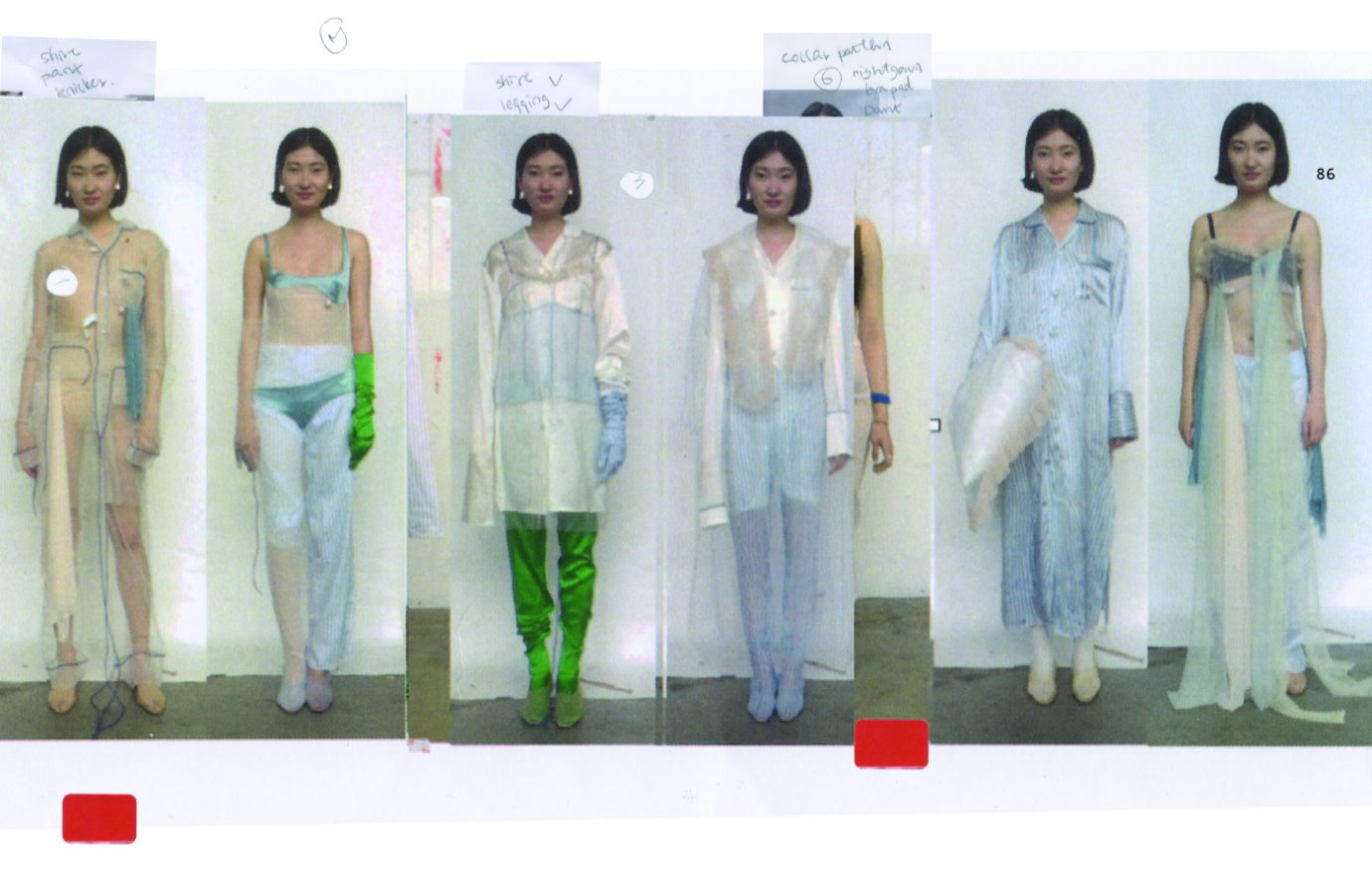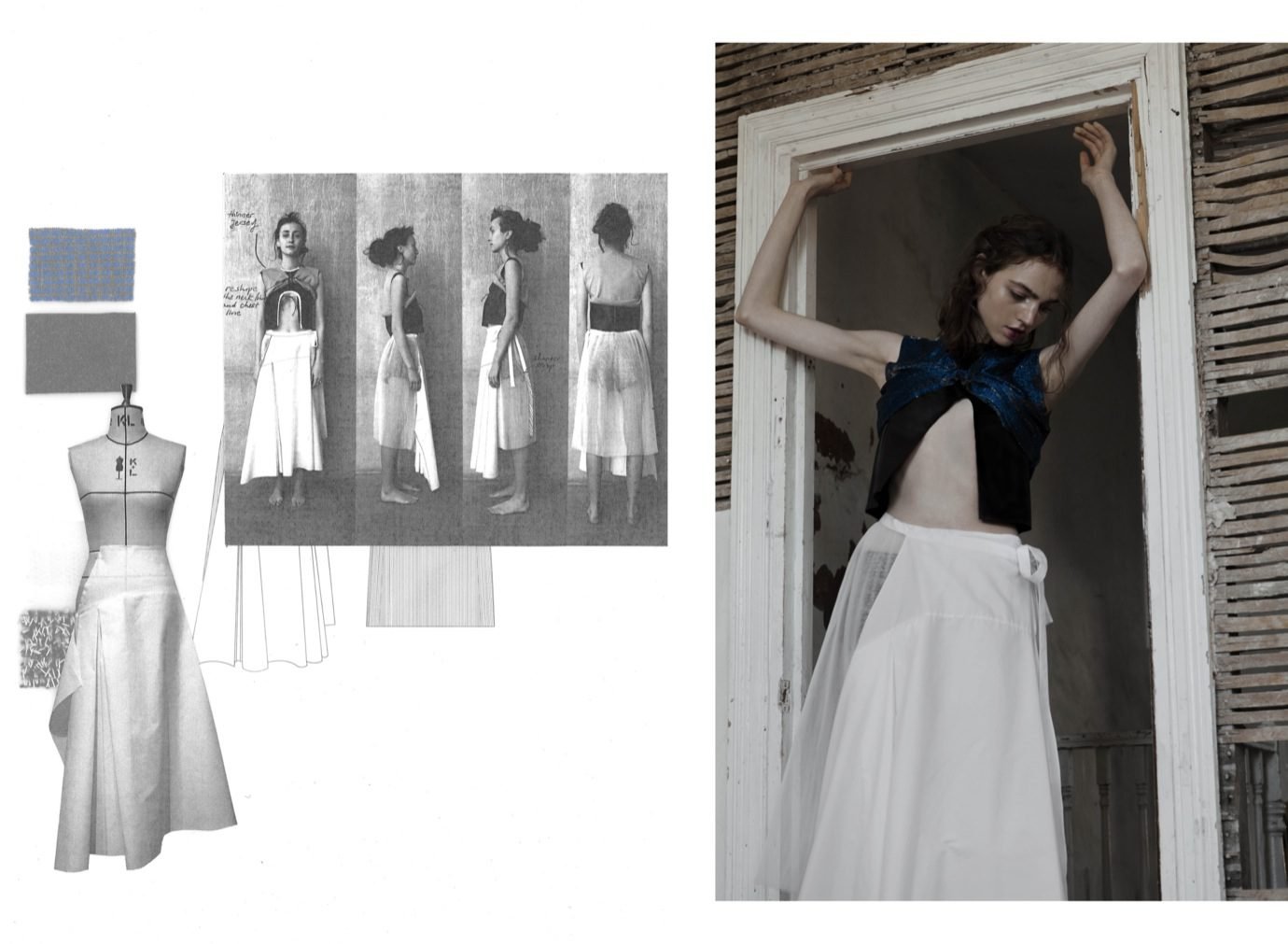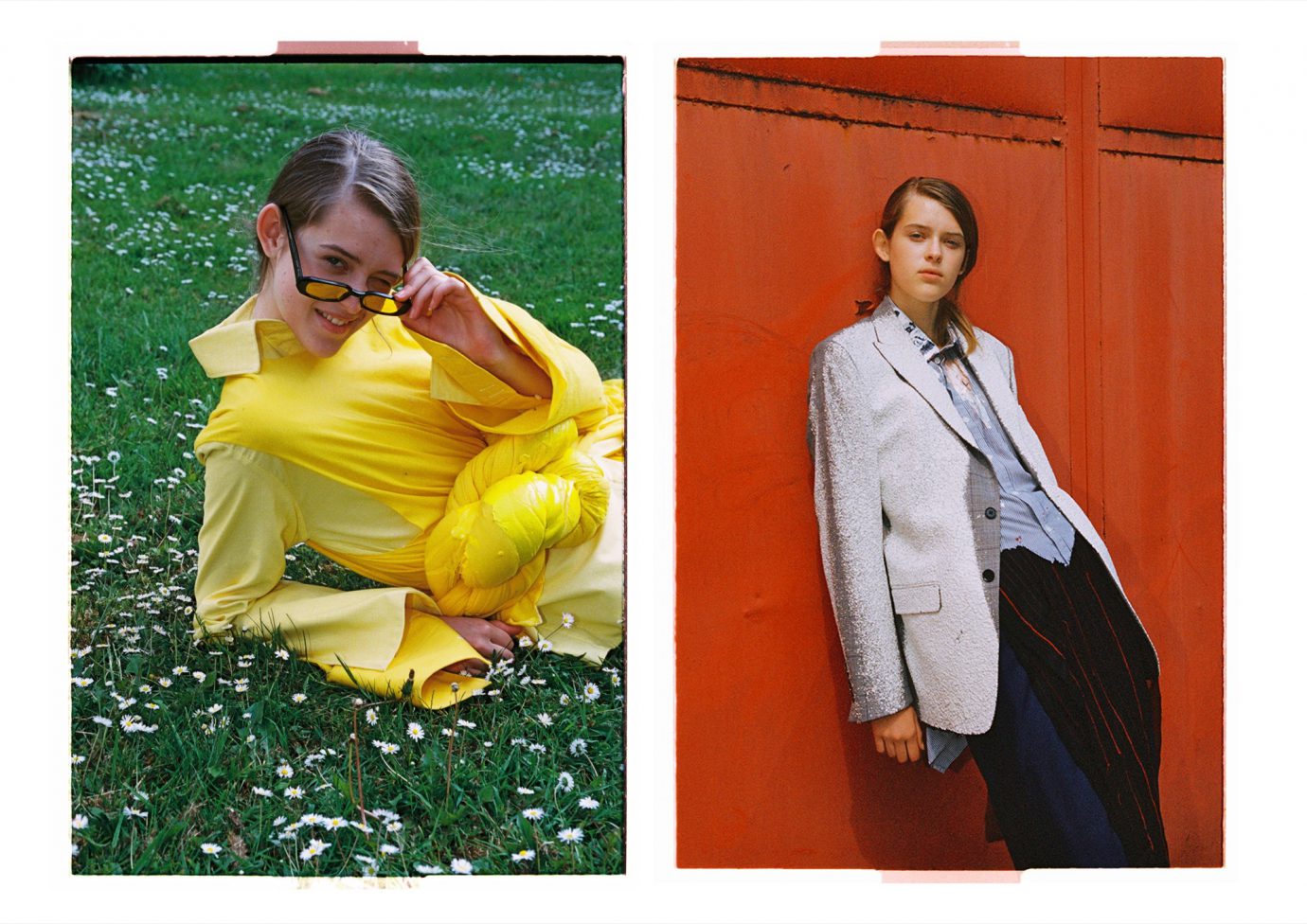“WORKING WITH SOMETHING YOU DON’T LIKE IS QUITE RISKY IN YOUR FINAL PROJECT.”
New Waves: Ernesto Naranjo
Re-constructing traditional stereotypes of Spanish culture – a visual area far off from his taste – Ernesto Naranjo was determined to work with a theme outside his own aesthetic comfort zone for his graduate project. Accommodating unexpected scenarios seems to be a pervading theme in his practice, and Naranjo underlines the necessity of interning during your studies to avoid a post-university reality shock when mentioning that “the majority of creative people are sensitive, and to adapt into a world that’s not really sensitive can be a hard job.”
What was your graduate collection’s conceptual starting point?
The idea of a distorted tradition; roots that change simultaneously with the life of an individual, and merge with the elements of the metropolis.
How do you create a visual narrative out of an abstract concept?
I like to create relationships between socio-cultural problems and my own background. It is a process of applying specific references onto the body, even though it might not look like clothing.
How did your collection develop during the course of the year? Did you face any serious challenges during the production process?
I took a theme that I wasn’t really comfortable with. I have an issue with some areas of my culture since it reminds me of something quite boring, without any design or style. Spain obviously has a lot to offer, but nowadays the general image of Spanish culture is just known as flamenco, bulls, the food and the beach life. I wanted to take these obvious references and make them look different. The process for me was quite hard, I had so many doubts. Working with something you don’t like is quite risky in your final project.
Do you get inspired by every brief?
Usually the projects are quite open so you can really make anything you want. Even if the project is very specific I always try to make it my own. I learned a lot about that at the Fashion Folio course with Patrick Lee Yow. He taught us how to make a great research book where you’d always find a way to create something good. Research is the main base of a project; if the research is weak you’ll find many difficulties during your development.
What does your development process usually look like?
After doing my research, I try to merge different images and references. Further on I start to drape. I like to work in 3D, as it gives you a more realistic and honest view of the body. To see how the piece will work with fabrics and colors I bring the drapes down to the paper, where I try to make everything clean and organized so I can see it all at once.
“I WORKED IN BOTH ARTISANAL AND RTW TEAMS, STARTING WITH JOHN GALLIANO FROM THE BEGINNING. HE IS SUCH AN INSPIRING PERSON AND HE TREATS HIS “KIDS” (THE INTERNS) AS HIS OWN CHILDREN.”
Do you feel that your collection somehow reflects who you are as a designer?
Yes, but I don’t think anyone reaches a moment when they’re fully ‘complete’. You learn something new every day that changes you somehow.
When do you think your identity as a designer really took shape and a “concrete” form?
My final year was really a study of myself. As there are so many designers in the world, it’s necessary to have a voice and to have something to say, so you will be known for a particular style or specific element. If your aim is to work as a designer for a brand, maybe you’ll have to be more flexible to fit in with a team and to work in several environments.
What did you do during your placement year?
I spent my whole year from October to October, 12 months, at Maison Margiela. I worked in both Artisanal and RTW teams, starting with John Galliano from the beginning. He is such an inspiring person and he treats his “kids” (the interns) as his own children. He would give us personal projects and then you’d show them to him personally, so it was like a proper CSM tutorial or crit. I spent time working next to the press team, building window displays for their stores in Milan, traveling next to John to London for the Vogue Festival and building the exhibitions at the Margiela headquarters with Simon Costin. Margiela is like a family. You know everyone and every department informs the other to create something in common. I’ll always be thankful for my time there.
“I THINK THERE ARE SO MANY EASY WAYS COMPANIES COULD MAKE A CHANGE. EVERYTHING FROM PAPER USAGE, TO HEALTHIER WORKING HOURS AND TO THE TIMES THE LIGHTS ARE ON IN THE STUDIOS.”
What advice would you give for students choosing their placements?
Work hard on your portfolio and always be yourself during the interviews. Apply for extra places apart from the brands you’d really like to go to. Occasionally companies even approach you. Even though you might have some ideas of where you’d like to go, usually nothing is ever the way you expect them to be.
A big part of the fashion industry consists of a sector that supports a philosophy of material consumption, constantly reproduces unhealthy ideals, can’t manage to find sustainable solutions for its workers, and is one of the world’s largest contributors to climate change. If you’re emotionally engaged with what you do, how do you (emotionally) disengage with the harm the fashion industry create?
Nowadays most of the brands are opening up ECO departments, but most are just for marketing reasons. They’re not real, they’re not changing anything. The amount of money fashion creates sadly doesn’t fit with sustainable ideals. Governments have the responsibility to force companies to work in a more respectful way. I think there are so many easy ways companies could make a change. Everything from paper usage, to healthier working hours and to the times the lights are on in the studios. These are small things everyone could apply, that might bring companies to a point where they’ll start working with sustainability on a bigger scale.
What are your plans for the immediate future?
I’m currently studying on the MA Fashion at CSM.
Do you have any plans for the not so near future?
To create beautiful pieces that have the ability to change people’s views of their own lives.
What does your Oscar speech sound like?
Something I learnt at CSM is just to enjoy your time and do what you love. HAVE FUN GUYS!

